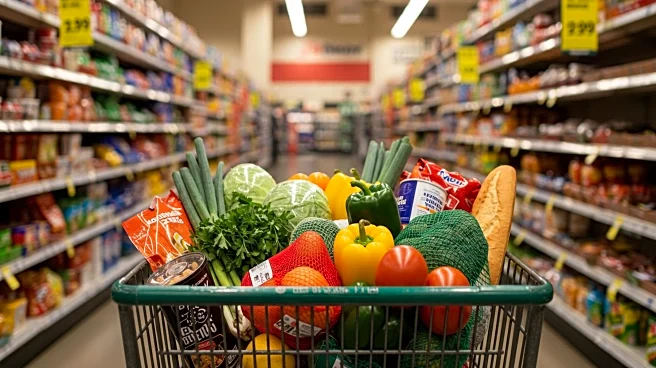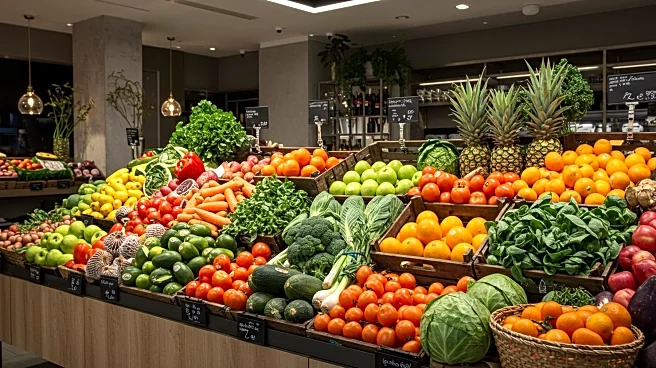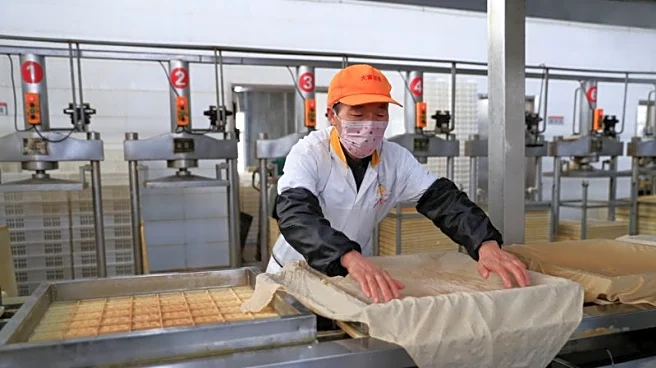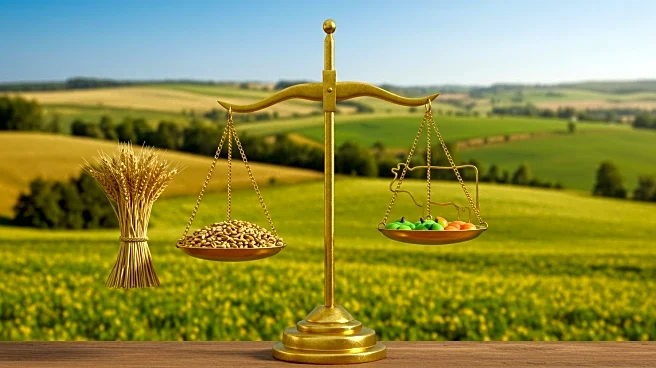Rapid Read • 7 min read
South Africa's consumer food price inflation has reached its highest level in 18 months, according to data released by Statistics South Africa. The inflation rate rose to 5.5% in July 2025, up from 4.7% in June, driven primarily by increases in meat and vegetable prices. The rise in meat prices was influenced by the temporary restriction on poultry imports from Brazil due to an avian influenza outbreak, and concerns over red meat supplies following a foot-and-mouth disease outbreak. These restrictions have since been lifted, and meat prices are expected to ease as imports recover and slaughtering resumes. Vegetable prices have been affected by excessive rain, but recent data indicates improvement, suggesting the inflation acceleration may be temporary.
AD
The increase in food price inflation has significant implications for South Africa's economy and consumers. Higher food prices can strain household budgets, particularly for low-income families, and may lead to increased demand for wage adjustments. The temporary nature of the inflation drivers suggests potential relief in the coming months, which could stabilize consumer spending and economic growth. The situation highlights the importance of effective disease management and import policies to mitigate market disruptions. Additionally, the ample domestic grains and fruit harvests provide a positive outlook for food supply, potentially moderating inflation in the future.
As the restrictions on poultry imports have been lifted and slaughtering resumes, meat prices are expected to stabilize, contributing to a potential moderation in food price inflation. The improvement in vegetable supply following adverse weather conditions also supports this outlook. Continued monitoring of disease outbreaks and import policies will be crucial to prevent future disruptions. Policymakers may focus on strengthening domestic agricultural production and disease management to ensure food security and price stability.
AD
More Stories You Might Enjoy











